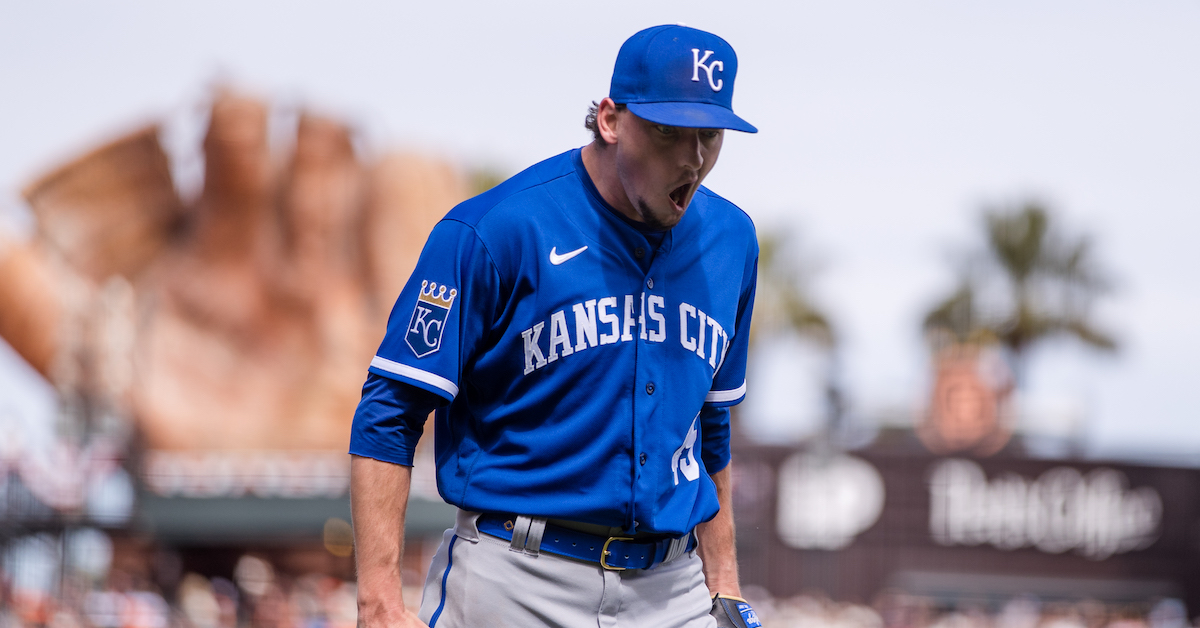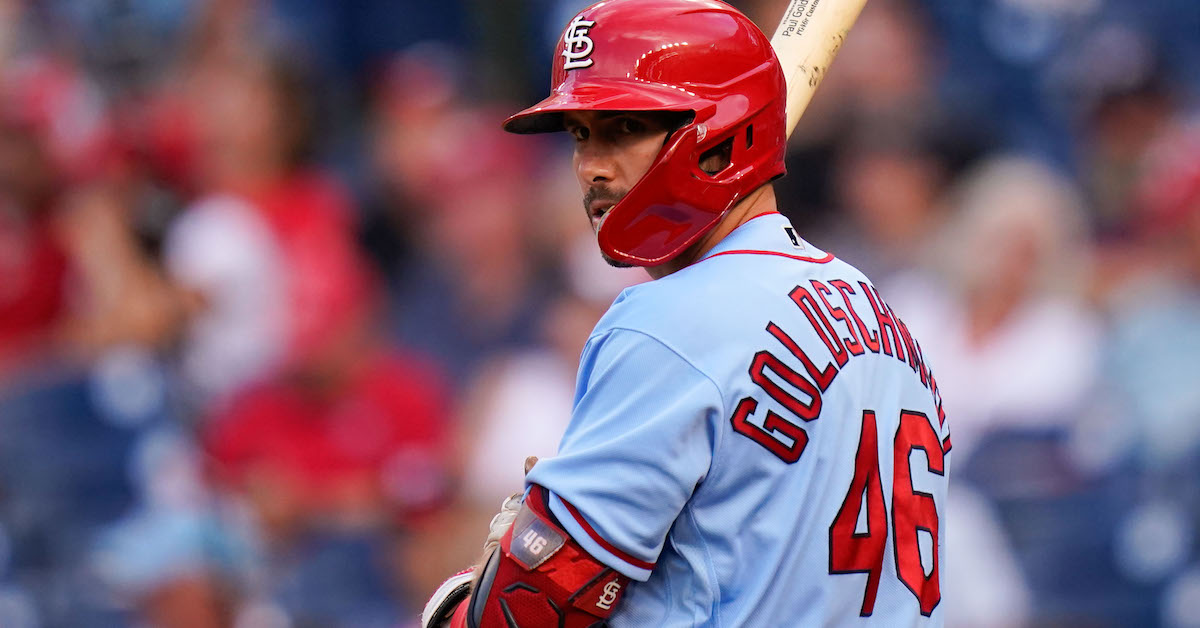Sunday Notes: Yankees Prospect Caleb Durbin Channels Stubby Clapp
Caleb Durbin is an underdog’s underdog in an organization that boasts big-time star power. Acquired along with Indigo Diaz by the New York Yankees from the Atlanta Braves last December in exchange for Lucas Luetge the 23-year-old infield prospect is a former 14th round draft pick out of a Division-3 school. Moreover, he’s never going to be mistaken for Aaron Judge or Giancarlo Stanton. Listed at 5-foot-6 (he claimed to be an inch taller when I talked to him earlier this week), Durbin looks like a stockier version of Jose Altuve.
He’s currently hitting not unlike the diminutive three-time batting champion. In 112 plate appearances — 97 with High-A Hudson Valley and 15 with Double-A Somerset — Durbin went into yesterday slashing .319/.446/.385. His bat-to-ball skills have been impressive. The Lake Forest, Illinois native has fanned just nine times while drawing 15 walks.
Durbin’s numbers at St. Louis’s Washington University were even more eye-opening. With the caveat that D-3 isn’t exactly the SEC, the erstwhile WashU Bear batted .386 with 42 walks and 10 strikeouts in 439 plate appearances over his three collegiate seasons. Since entering pro ball in 2021, he has 70 walks and 62 strikeouts in 631 plate appearances.
“Low strikeout rates are something I’ve always had,” said Durbin. “That’s kind of been my elite tool, if you want to call it that. I feel like that’s always going to be there, so it’s just a matter of building on my contact quality.” Read the rest of this entry »






